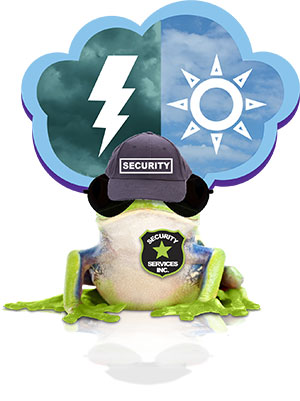Organizations are lining up to switch to Disaster Recovery as a Solution (DRaaS) — but why now? After more than a decade of cloud-based disaster recovery (DR) availability, what is it about today’s DRaaS that’s making it so appealing, even to enterprises?
It’s all about the software. And cost-effectiveness. And rerouting ease. And security, to name a few improvements. If you’re concerned about losing money or productivity (or worse) if your system goes down or about the next ransomware fiasco, here’s why DRaaS is a welcome game-changer.
Today’s DRaaS is:
Secure
To start with, DRaaS is physically secure. The best DRaaS solutions are in a high-security, climate-controlled, redundant environment. They encrypt data in transit and at rest and enable IT teams to maintain control of where data resides. DRaaS is also ransomware-resistant, which is equally important these days. Modern ransomware targets any backups that are connected to your network, but third-party DRaaS solutions are not connected to the network, making them harder to be held for ransom.
Fast
The process of using the cloud for DR is different from the process of using an entirely separate remote DR site. Advanced software dramatically reduces the time it takes to configure the backup site and, even more importantly, reduces the time it takes to get everything back up and running following an emergency. DRaaS enables your organization to restore normal operations in minutes — even failovers of an entire site can be completed from anywhere with a few clicks. Traditional DR can take hours or even days to get the backup online.
Cost-effective
With traditional DR you need to build and maintain an entire remote datacenter that is a duplicate of your primary datacenter. This solution is expensive and complex, which is why a lot of organizations never get around to it. DRaaS eliminates the need to run your own DR site with a dedicated staff, reduces CapEx (capital expense) and provides predictable OpEx (operating expense) costs with pay-as-you-go pricing models. DRaaS costs are driven by the number of virtual servers and amount of storage being used, which is a more cost-effective approach than doubling your infrastructure.
Flexible
Traditional DR is constraining. To make a duplicate site you need to duplicate the infrastructure. Not so with DRaaS. A DRaaS site does not have to be designed using the same brands as in the production site, and DRaaS also allows you to activate virtual off-site resources on demand.
Reliable
If you have a traditional recovery site that’s located inside a Tier 3 or Tier 4 data center that has fully redundant subsystems with multiple power feeds and uplinks, you’re in good shape when it comes to reliability. But if not, there’s a chance your backup site might not be available when you need it. With DRaaS, you can choose a provider that uses top-end data centers so that you know your recovery environment will be ready and waiting if and when you need it.
Verifiable
If your organization is regulated, anything that can make it easier to prove you’re in government compliance is a good thing. Built into DRaaS is evidence-based management and reporting that shows you’re doing what you’re supposed to do when it comes to protecting data. DRaaS also offers automated testing capabilities, which means it’s less expensive to run the required failover tests.
Simple to use
DRaaS is easier to use for everyone involved. Advanced software makes it simpler and faster for IT teams to configure, and managing backup and recovery is easier than with traditional DR whether it’s handled by your IT team or an outsourced provider. The recovery environment can also be completely integrated so employees don’t have to change the way they work during an emergency — the network can look and act exactly as it normally does so there’s no learning curve.
Manageable
DRaaS can be easily managed by an outsourced managed service provider so your internal IT team doesn’t have to deal with DR anymore. DR is typically not a responsibility that internal IT fights over. If the worst happens and disaster strikes, the managed service provider jumps in and does what it has done a hundred times before — restore IT operations quickly and seamlessly.
Of all the many reasons to like DRaaS, Leapfrog feels the strongest about the security it provides. Ransomware and hacking are on overdrive right now so, if you don’t have a DR solution that you can execute immediately and that’s not part of your network, it’s not an overstatement to say your entire organization is at risk. Unfortunately, 43% of businesses that experience a disaster never reopen. So along with the speed, cost effectiveness, reliability and all the other things that make it a game-changer, DRaaS improves your organization’s security while it covers your back.
Leapfrog offers DRaaS as a stand-alone service within our cloud-based disaster recovery solutions, or as part of our managed IT services. Please let us know if you want more information — we’re here to help.
If you liked this post, don’t forget to subscribe to FrogTalk, our monthly newsletter.



